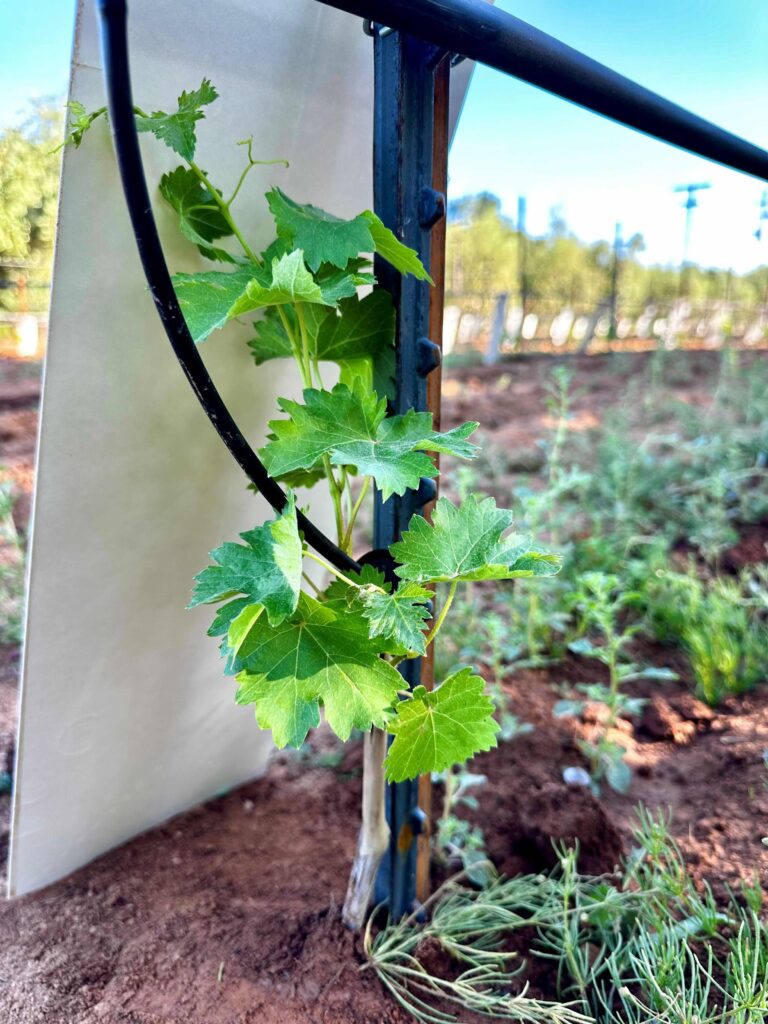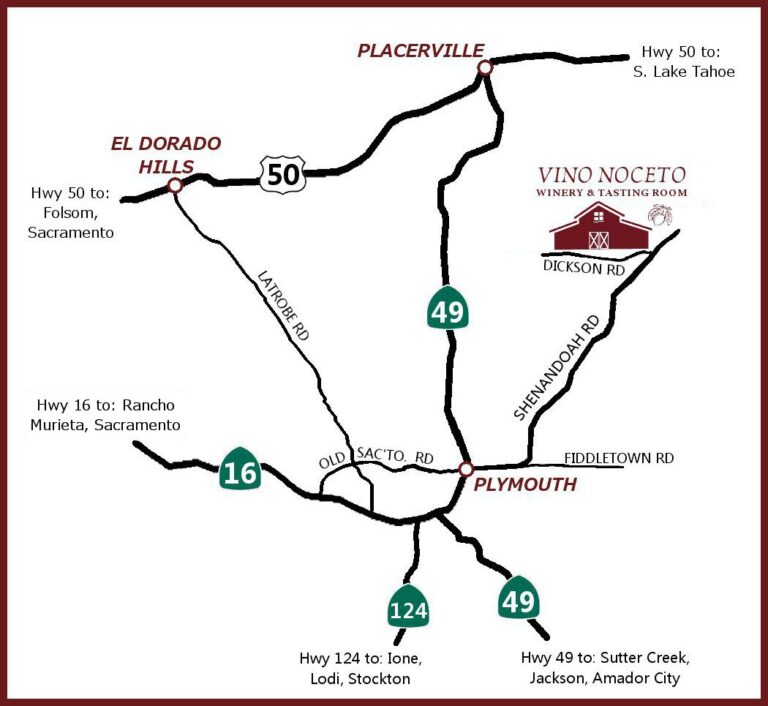Sagrantino: The Story behind the Grape
An Italian Varietal Shrouded in Mystery
As you take your first sip of Sagrantino, with its unusually punchy tannins and deep flavor, you might wonder: Where does this history of this rare and ancient grape begin?

The Ancient Roots of Sagrantino
The origins of Sagrantino are shrouded in mystery, which perhaps only adds to its allure. While the first written record of the grape in Umbria, the heartland of Sagrantino, dates back to the late 16th century, it’s believed that its history might stretch back even further. Back in the era of Ancient Rome, Pliny the Elder mentioned red wine from the Montefalco area, and some believe that he was talking about Sagrantino. Imagine that – a grape with potential ties to the very roots of Italian winemaking!
The name “Sagrantino” itself is also subject to debate. One possibility is that it comes from the word “sagra,” meaning “feast,” hinting at its potential historical association with celebratory occasions. Another intriguing theory links it to “sacrestia,” or “communion wine,” suggesting a possible early role in religious ceremonies. This connection to tradition and perhaps even sacred rituals truly sets Sagrantino apart.
Historically, Sagrantino wasn’t always the powerful, dry red wine that many know today. For a long time, it was primarily used to make sweet passito wines. These wines were crafted by partially drying the grapes, concentrating their sugars and flavors, resulting in a thick, syrupy wine with notes of raisin, blueberry, and fig. It’s amazing to consider how a grape can evolve its primary expression over centuries!
The modern era of Sagrantino took a turn in the 1970s when Italian producers began to focus on making it in a dry, or secco, style. This shift emphasized the grape’s inherent intensity, leading to its now-typical bold and assertive style. It was in this dry form that Sagrantino truly began to showcase its unique character – defined by a remarkable tannic structure and deep color.

The taste and Appearance of Sagrantino Wines ... Pucker up
Today, almost all of the world’s Sagrantino is grown in the beautiful region of Umbria in Central Italy. Specifically, the village of Montefalco and its surrounding area are the epicenter of Sagrantino production.
But what truly sets Sagrantino apart? Well, for starters, it’s known for having some of the highest tannic levels of any wine grape variety in the world. In fact, some experts say it contains more tannin than renowned tannic varieties like Aglianico and Tannat, and about twice the level found in Cabernet Sauvignon or Nebbiolo. This intense tannic structure has been described as “thundering” but also “seductive,” leaving a lasting impression on the palate. It’s a wine that certainly isn’t shy!
Visually, Sagrantino wines are also quite striking, boasting a deeply dark purple color, often with an almost-black center. On the nose, it offers a captivating bouquet of dark, brooding red fruits, often accompanied by hints of plum, cinnamon, and earthy notes. Some even detect spicy aromas reminiscent of Syrah.
On the palate, Sagrantino is typically full and ample, with a warm, long finish. The pronounced tannins contribute to its structure and aging potential. It’s a wine that many agree needs food to truly shine. Traditionally, it was paired with lamb and Umbrian Easter cake, but it also complements grilled and red meats, earthy sausages, barbecue, wild game, mushrooms, and aged or funky cheeses. The richness and fat in these dishes help to soften the assertive tannins of the Sagrantino, creating a harmonious pairing.
Sagrantino Beyond Italy: A Small Foothold in the United States
While Italy remains its primary home, Sagrantino has found its way to other parts of the world, albeit in smaller quantities. Australia began importing Sagrantino in 1998, and interestingly, Australian Sagrantino wines are often described as more immediately approachable and fruit-driven, with less emphasis on long aging.
Here in the United States, Sagrantino is also gaining a small but dedicated following, primarily in California, but also in states like Washington, Texas, North Carolina, and Arizona. This robust grape can handle hotter and drier conditions than many other traditional grapes. In fact, it demands a long, hot summer and is particularly suited to America’s warmest wine regions.
This brings us to our own journey with Sagrantino. As you know, we’re always looking for exceptional grapes to craft wines that excite and delight. That’s why we were so intrigued when we discovered the award-winning Sagrantino grapes being grown right here in the Sierra Foothills at Airola Road Vineyards in Calaveras County.
George and Birgit Klause, the passionate owners of Airola Road Vineyards, have a clear dedication to quality. Situated above New Melones Reservoir, their 11-acre vineyard, planted in 2001, benefits from a unique microclimate – sunny hillside exposure, morning fog, summer winds, and mild winters – which they aptly describe as akin to the ideal Mediterranean climate. This specialized location is clearly perfect for growing exceptional grapes, as evidenced by their numerous awards, including Double Gold and Best in Class at the San Francisco Chronicle Wine Tasting Competition.
Among the diverse grapes they cultivate – Barbera, Grenache, Chardonnay, Syrah, and Cabernet Sauvignon – we were particularly drawn to their Sagrantino. As we learned, Sagrantino is a rare Italian varietal, and at the time we began working with them, there were only around 24 acres planted in the entire U.S., with 3 of those precious acres right there at Airola Road Vineyards. These sought-after grapes produce top-quality wines known for being powerful, structured, and complex, with those assertive tannins that Sagrantino is famous for. And indeed, several award-winning Sagrantino wines, fetching upwards of $100 per bottle, have come from their vineyard.
Fortunately for all of our pocket books, you’ll find that our Noceto Sagrantino is available at a slightly more approachable price.
Here at Noceto, we feel a kinship with George and Birgit’s commitment to excellence, echoing our own philosophy: “The secret to great wine starts in the vineyard.” At Airola Road Vineyards, they truly produce high-quality grapes that are the foundation for extraordinary wines.
Working with their Sagrantino has been an exciting endeavor for us. We’ve aimed to capture the unique terroir of their Calaveras County vineyard while honoring the inherent characteristics of this fascinating Italian grape. Our Vino Noceto Sagrantino showcases the deep color, the intriguing aromas of dark fruit and spice, and of course, that signature tannic structure that makes Sagrantino so distinctive. It’s a wine that we believe offers a taste of something truly special and reflects the dedication of both our team and the Klauses at Airola Road Vineyards.
Sources: Wine Folly’s Guide to Sagrantino, Wikipedia on Sagrantino, Guidi Wines on Sagrantino, Reddit’s r/wine Opinion on Sagrantino, Airola Road Vineyards, Tasting Room Lore and Knowledge

Amador County Tasting Room
Walk-ins welcome! Come on by for a visit. We’ll bring the wine.
Tasting Room Hours
Weekdays: 11AM – 4PM
Weekends: 11AM – 5PM
11011 Shenandoah Road
Plymouth, CA 95669
Contact Information
Tasting Room: 209.245.6556 X2
Office: 209.245.6556 X4
Text: 209.286.7840
Email: vino@noceto.com